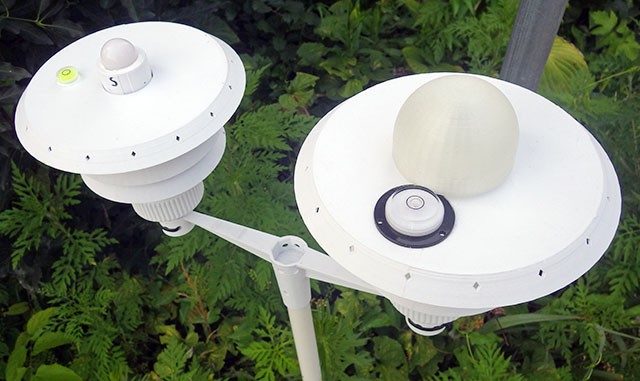
With a complete logger solution that can be built for less than $10, I think it's safe to say that the financial barriers to the deployment of DIY monitoring systems have been overcome by the open source hardware movement. However the slow adoption of solutions like ours has highlighted that other barriers remain. For these innovations to have more impact in teaching & research developers must also transfer knowledge about testing, calibration, and implementation procedures. Our latest effort in that area is cross-calibrating an inexpensive Bh1750 lux sensor to measure photosynthetically active radiation. This was done with natural sunlight and one of the many online irradiance calculators so that the overall procedure is accessible to anyone no matter what level of resources they have access to. While using a lux sensor for this is not new and inexpensive PAR sensors are now entering in the market, hopefully our approach to the task conveys more of the background information that's actually required for this kind of calibration - especially in an educational context.
https://thecavepearlproject.org/2024/08/10/using-a-bh1750-lux-sensor-to-measure-par/
 Ed Mallon
Ed Mallon
Discussions
Become a Hackaday.io Member
Create an account to leave a comment. Already have an account? Log In.